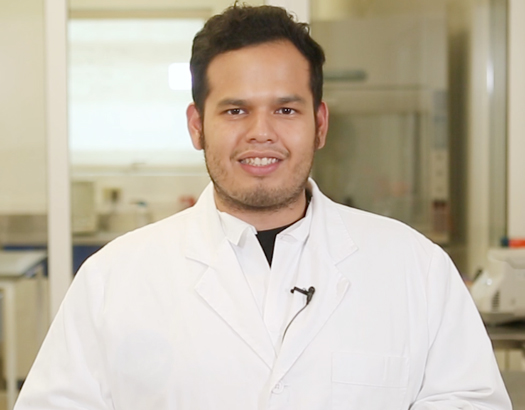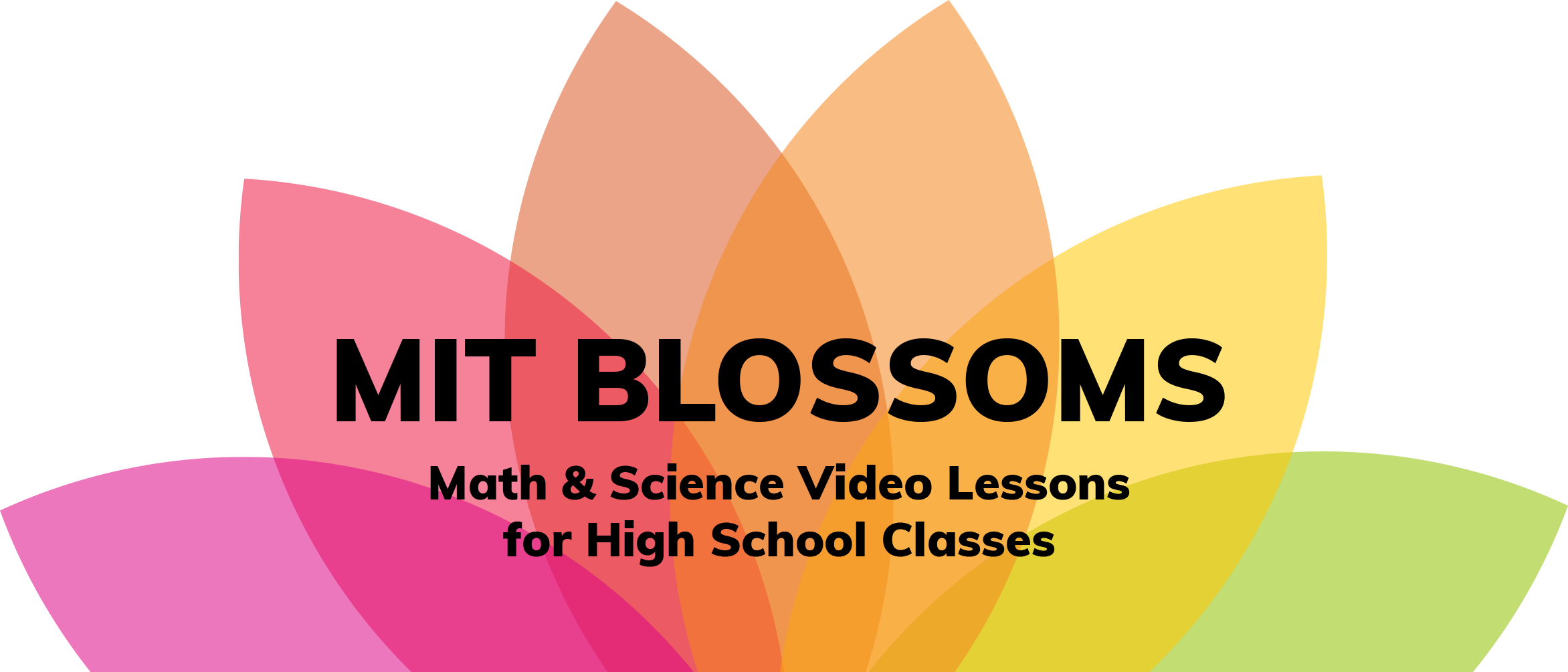The lesson is about genetically modified organisms (GMO’s). What are they? How are they created? And what do they exist for? A scientific and social analysis of their importance is done. The goals of this lesson are as follows:
- Explore the science and history of genetic modification.
- Understand the process of modification and the kinds of GMO’s that are derived from them.
- Point out the economic and social needs that are addressed with GMO’s as the reason for their existence.
Prerequisites for this lesson include a basic knowledge of molecular biology, such as the central dogma (ADN->ARN->proteins) and a basic knowledge of classical genetics (genes as units of inheritance, Mendelian genetics). The time needed to complete this lesson will depend on the size of the group. It could take a full 2-hour class or 2 class sessions maximum, one lasting 2 hours and the other lasting 1 hour maximum. The materials needed are general student materials: a notebook and writing tools (pencil, pen). Internet access is recommended but not mandatory. The teacher only needs a projector, or, alternatively, a large print of the map with the crops. This map is provided in the appendix, with a good resolution in case a large print is made. All the necessary documents for conducting this lesson can be found in the file named Appendix Architecture GMO’s, in both PowerPoint and PDF versions.
Resumen
La lección trata sobre los organismos genéticamente modificados (OGMs). Qué son, cómo se crean y para qué existen. Se hace un análisis científico y social sobre su importancia. Los objetivos de esta lección son los siguientes:
- Explorar la base científica y la historia detrás de la modificación genética
- Comprender el proceso de modificación y los tipos de OGMs que se derivan
- Puntualizar la necesidad económica y social que se atiende con OGMs como razón de sus existencia
Los prerrequisitos para la lección incluyen: Conocimientos básicos de biología molecular como el dogma central (ADN->ARN-> proteínas) y conocimientos Genética clásica básica (genes como unidades de herencia, genética mendeliana). El tiempo que se tomará para completar la lección será dependiendo del tamaño de grupo, podría tomar una clase completa de 2 horas, o máximo dos sesiones de clase, una de 2 horas y otra de máximo 1 hora. Como materiales por parte del alumno se requiere solamente su material general: Cuaderno y herramientas para escribir (lápiz, pluma). Acceso a internet se recomienda pero no es mandatorio. El maestro solamente requiere proyector, o en caso de no contar con el tener una impresión grande de un planisferio con los cultivos. En el apéndice se provee este mapa con una buena resolución para imprimir en grande de ser necesario. Todos los documentos necesarios están dentro del archivo Appendix Arquitechture OGMs. Se envía en versión Power point y PDF.


